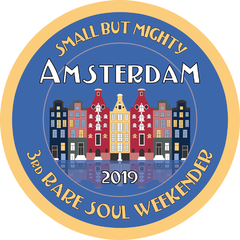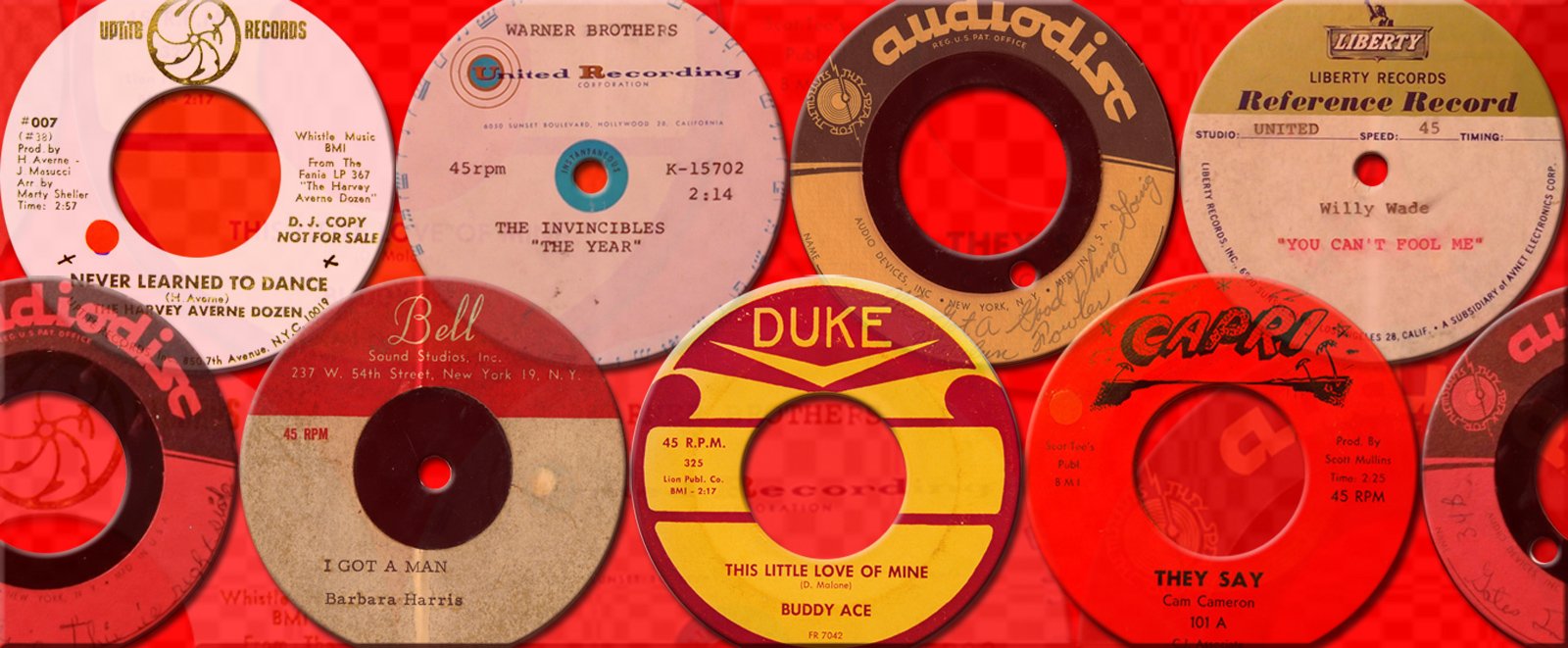-
Posts
3,160 -
Joined
-
Last visited
-
Days Won
111 -
Feedback
100%
Content Type
Forums
Event Guide
News & Articles
Source Guidelines and Help
Gallery
Videos Directory
Source Store
Everything posted by Amsterdam Russ
-
Have always preferred the other side! "Hey, Bobby!" "Yes, Charlie?" "What colour's that thing, man?" "That thing is green..." "You sure, man? Who told you, man? "I'm telling ya, that thing is green!" Love it!
-
This sort of licensing arrangement is standard practice and doesn't specifically relate to the UK or US. At its most basic, images can be sold on as: * Royalty free - the buyer makes a one-off payment and has unlimited use of the image. * Rights-managed - how the image is used, where (including which countries) and for how long, is agreed as part of the sale. * Exclusive - the photo is sold to one buyer only, which gives them an image that no one else has. Newspapers and fashion/gossip mags like exclusives! There are variations, but broadly speaking they will fall into one of these three categories.
-
You're talking about two separate, but closely-related things here. One is about what defines an editorial context, and the other is whether publicity photos can be included in the resale or licencing of editorial content to other sources. To answer the first question, the Oxford Dictionary offers this definition of 'editorial': relating to the part of a newspaper or magazine which contains news, information, or comment as opposed to advertising That seems pretty clear cut to me. Nowadays, of course, you need to include online publishing to that. The boundaries between what is editorial and what is advertising blur in publishing (as it does on broadcast media as well). So much so that there is a third category of content in media, the advertorial, which is commercial/advertising content presented as editorial. This, however, is usually paid for by a client, and so is deemed as being advertising rather than editorial (indeed, once upon a time, most magazines would clearly label advertorial as such so as to not confuse its readers). Regarding the latter part of your question, my feeling is that if editorial were being sold or licensed for money - and the publicity photos were included in that product - then anyone with a copyright/licencing claim to any of the images might successfully argue that this is a commercial package (after all, money is changing hands), and under law should be treated as such. But that's only a guess on my part...
-
It's a good time to point out that 'fair use' is a principle that applies to USA copyright legislation - not the UK. The UK uses principles known 'fair dealings', which are stricter. The blanket use of the term 'fair use' is confusing because what might be acceptable in the USA isn't necessary acceptable in another. An image of just about anything is automatically protected by copyright. However, copyright owners can and do permit their work to be used under various licenses. In certain situations this works as being implied consent for the material to be used. Press/publicity images carry an implied license that allows media publishers to use them freely and without the need for permission. Sometimes this may require that attribution is given - that the name of the photographer/agency is printed alongside any published image. The majority of photographers want to have control over how their work is used. They require a commercial licence of one form or another before an image can be reproduced by anyone else. A photographer taking images of a band for a record label will usually have signed a contract that assigns the licencing rights of the images to the record label, or perhaps to the agents/representatives of the group. It works much like it did in the darker days of the music recording industry, where artists and groups were often paid a one-off fee for recording the song or session and didn't get the copyrights, royalties or any other rights. In the USA, this type of deal falls under the 'work for hire' laws, which basically say: if I employ you as a contractor, anything you create, and any rights associated with them, belongs to me. The thing about copyright law, no matter which country you apply it to, is that it is generally not black and white, right or wrong. Instead, laws provide broad guidelines about what is allowed and what isn't, and each case is judged on the specifics of the situation. Just to reiterate - reproducing publicity stills, labels scans, record sleeves in an editorial context - no matter which country you're in - should not be a problem. By 'publicity stills', I mean those images that were distributed freely to the press for use in magazines, newspapers, etc, etc...
-
Publicity images are released on the basis that they can be freely reproduced in an editorial context, i.e., in magazines, books, newspapers, in TV reports and anywhere else where text is provided as an information source to users. Copyright is not an issue. However, if you were to use publicity images in a commercial context, for example, had them printed on t-shirts which you then sold, and had not agreed commercial usage rights with a) the people in the image, b) the agents/representatives of same, and c) the photographer, then you run the risk of facing legal action from any or all of them. It's the same with scans of records/labels/sleeves - use them in an editorial context and there are no copyright issues.
-

Soul Shakers White Demo Get Hip To Youself
Amsterdam Russ replied to Bunderthollox's topic in Look At Your Box
Have seen a rising interest for this 45 in this over the last 12-18 months - for both sides, but primarily for The Cold Letter. Has someone been playing it out recently? -

Soul Shakers White Demo Get Hip To Youself
Amsterdam Russ replied to Bunderthollox's topic in Look At Your Box
Was there meant to be a scan with your post? Get hip to yourself/The cold letter... released on Loma (2027), January 1966. Both sides written & produced by Leonard Jewel Smith. Vinyl? Not seen one. Everything on Loma came out on styrene. -

"my Baby Can't Say No" - The Speed Limits
Amsterdam Russ replied to Gene-r's topic in Look At Your Box
I'd put money on the acetate appearing on one of Rob Wigley's La Beat lists back then. Rob..? -

"my Baby Can't Say No" - The Speed Limits
Amsterdam Russ replied to Gene-r's topic in Look At Your Box
Rob Wigley had this on one of his lists in early/mid 80s (price 50 quid, I'm certain). I always presumed that Rob Marriot got it from him because not long after he played it at the 100 Club - three times in one night, if I recall correctly! -
Pirated copy, Pete? Not quite sure how you came to that analogy. We're not talking about the mass produced emidiscs of the 70s. And anyone can press a 45 and stick a label on it (and, of course, they frequently do)! Nor do I understand why something is of a different value when it does indeed have the same musical content, but is on a format that is much rarer to get hold of. I think it's more to do with the preference of the buying market at the end of the day. Acetates are rarer, but the market in the main just doesn't want them. For a market driven by rarity, that doesn't quite make sense.
-
Never understood the logic that acetates are somehow of less worth than an actual release of something. If there is but one of something on one format, but multiple copies of it on another format, which is the rarer? Even if there are multiple copies of an acetate, their numbers are invariably trivial compared to the number of vinyl/styrene copies pressed!
-
Sebastian hit the nail on the head with the first reply. Central to this is a misunderstanding by the original poster of what a 'boot' is. A US release issued legitimately in the UK (or any other country) is not a boot. A 45 repressed in a market to cater for demand is a reissue. An illegally pressed record is a boot. The word 'boot' comes from 'bootleg', which originally referred to illegal bottles of hooch hidden inside the bootlegs of smugglers. You've got your reissues and boots mixed up so badly that you need resouling!
-
I've tried both and Sounds Wholesale are the one for me: https://www.soundswholesaleltd.co.uk/acatalog/7__WHITE_CARD_RECORD_SLEEVES.html
-
I had a go at putting together a couple of mixes some weeks back. One got pulled from Soundcloud because of a copyright infringement claim, so I favour Mixcloud. I can be found on both sites and YouTube under the name of HarveySoulFinger.
-

Adam Wade - Everyone Is Looking For That Someone
Amsterdam Russ replied to Amsterdam Russ's topic in Look At Your Box
Excellent - thanks! -
Adam Wade - Everyone is looking for that someone What label? Looking online, I can see that it got a Stardust reissue, but I can't find a mention of an original release. Similarly, there's no mention of it in the reference guides that I have. Thanks...
-
For tax reasons. Merchandise used as promotional giveaways would be tax deductible.
-
Giving it the PVA glue treatment will get all the crud out of the grooves.
-
Just to confuse things, here's a couple of paragraphs taken from an article on Surinam soul. It relates specifically to a release by William Tennesse on the Gifer label, but the info is relevant but confusing. William Tennessee: A woman good enough for me We never quite understood the Gifer story. Many of these Gifer 45's appear to be printed here, but this one comes from Belgium (labeled Sabam). Yet, as the sleeve testifies there is also a Miami connection. The spelling is not quite consistent (Fennessee?) but even without the typo William Tennessee is hardly a credible name for a US soul artist. We can only picture William sitting on the beach of some Caribbean island. Any other suggestions? UPDATE ~ Well, we got this one wrong. William Fennessee apparently never left the States and the original record was released in Houston as Ovide 300. The other side is "I love you"Â on both Gifer and Ovide. This must be a very rare release, which makes it the more surprising that it was covered in Belgium. The relaxed ballad indeed fitted well in the Surinam soul scene. Here's a link to the original article written by Tom de Jong and Harry van Vliet: https://www.sirshambl...urinam_soul.htm I know Harry, so if nothing is resolved here I'll see if I can remember to ask next time I see him if he's found out any more about the label since that was written.
-
Does the Gifer 45 have the word SABAM on it? If so, it's a Belgian release.
-

Bettye Lavette - Motown Skeletons Out Of The Cupboard
Amsterdam Russ replied to Saxafone's topic in All About the SOUL
Love the anecdotes from the article. Added to the Xmas list... -
I'm hoping that the might of Soul Source can identify two tracks for me. Both come from an unlabelled acetate. I'd date them to the early 70s. One track is a deep soul rap with a social message with a title of "You ask what's happening" or "What's happening". The other is a four minute funky instrumental/jam that builds nicely. There's a sample of each below... https://soundcloud.com/harveysoulfinger/unknown-funk-soul-you-ask https://soundcloud.com/harveysoulfinger/unknown-funk-instrumental Artists/group, song titles and label anyone?
-
Funnily enough, I was having a moan to Paul (Soul Shrews) about exactly this 45 on Saturday night at the Amsterdam Soul Club. Countless copies go through eBay, but the price appears to be going up. Plenty of copies of The Chandlers "Your love makes me lonely" drifting through this last year as well. Dee Edwards "Why can't there be love" is another that people are still fighting over no matter the condition. Seen loads of those over the last 12 months. Likewise The Metros "Since I found my baby".
-
Keb used to play it mid-80's. In fact, I remember him saying over the mic one night at the 100 Club that it was one his all-time favourite tracks.
-

New Pressings W Dinkable Centres
Amsterdam Russ replied to Ady Croasdell's topic in Look At Your Box
Won't particularly help, but I'm positive I saw a recently pressed 45 with a pop-out centre earlier this year. Possibly it was at the Utrecht record fair. Thinking back, I recall remarking on the fact that such things could still be made today. It looked really cool. Vague, I know, but my point is that they do exist. Although it could have come out of the pressing plant Bob mentioned of course...






